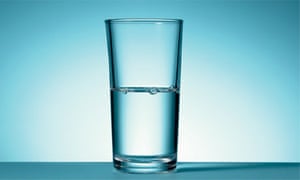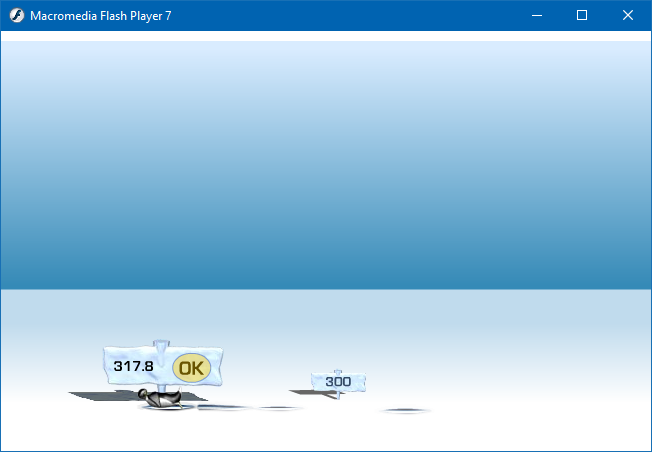 "Dash-doorhandle-6 cyl none the richer" (dash-doorhandle-and-bondo)
"Dash-doorhandle-6 cyl none the richer" (dash-doorhandle-and-bondo)
01/06/2020 at 14:46 • Filed to: None
 1
1
 12
12
 "Dash-doorhandle-6 cyl none the richer" (dash-doorhandle-and-bondo)
"Dash-doorhandle-6 cyl none the richer" (dash-doorhandle-and-bondo)
01/06/2020 at 14:46 • Filed to: None |  1 1
|  12 12 |

A) Half Full
B) H alf E mpty
C) Inefficient Use of Glass.
 Full of the sound of the Gran Fury, signifying nothing.
> Dash-doorhandle-6 cyl none the richer
Full of the sound of the Gran Fury, signifying nothing.
> Dash-doorhandle-6 cyl none the richer
01/06/2020 at 14:51 |
|
As long as it’s not in a vacuum, the glass is full - half liquid , half air.
 Nibby
> Dash-doorhandle-6 cyl none the richer
Nibby
> Dash-doorhandle-6 cyl none the richer
01/06/2020 at 14:55 |
|

 ClassicDatsunDebate
> Full of the sound of the Gran Fury, signifying nothing.
ClassicDatsunDebate
> Full of the sound of the Gran Fury, signifying nothing.
01/06/2020 at 15:08 |
|
It’s completely full of liquid, half compressible and half non-compressible.
 OPPOsaurus WRX
> Full of the sound of the Gran Fury, signifying nothing.
OPPOsaurus WRX
> Full of the sound of the Gran Fury, signifying nothing.
01/06/2020 at 15:09 |
|
if it were in a vacuum wouldn’t the water boil away making an empty glass ?
 Future next gen S2000 owner
> OPPOsaurus WRX
Future next gen S2000 owner
> OPPOsaurus WRX
01/06/2020 at 15:14 |
|
Someone paid attention in chemistry class.
 Full of the sound of the Gran Fury, signifying nothing.
> OPPOsaurus WRX
Full of the sound of the Gran Fury, signifying nothing.
> OPPOsaurus WRX
01/06/2020 at 15:16 |
|
Good catch. The last chemistry class I had was at least 36 years ago. I’ve forgotten a little since then...
 WilliamsSW
> Dash-doorhandle-6 cyl none the richer
WilliamsSW
> Dash-doorhandle-6 cyl none the richer
01/06/2020 at 15:17 |
|
Using a 2:1 engineering safety factor that is a 100% utilized glass.
 Akio Ohtori - RIP Oppo
> Dash-doorhandle-6 cyl none the richer
Akio Ohtori - RIP Oppo
> Dash-doorhandle-6 cyl none the richer
01/06/2020 at 15:17 |
|
Since I recently watched season 1 of Westworld, I have to go with:
D) It means the glass has been engineered to the wrong specifications
 Full of the sound of the Gran Fury, signifying nothing.
> Future next gen S2000 owner
Full of the sound of the Gran Fury, signifying nothing.
> Future next gen S2000 owner
01/06/2020 at 15:23 |
|
Mmm - free glass!
 Thomas Donohue
> Dash-doorhandle-6 cyl none the richer
Thomas Donohue
> Dash-doorhandle-6 cyl none the richer
01/06/2020 at 15:37 |
|
From a speed perspective, the container is perfect. Not too heavy, and not too full that you need to be careful when taking a drink.
You can pick it up quickly and take a good swig.
It’s filled enough for qualifying.
 Maxima Speed
> Dash-doorhandle-6 cyl none the richer
Maxima Speed
> Dash-doorhandle-6 cyl none the richer
01/06/2020 at 15:37 |
|
No replacement for displacement.
However a good case could be made for, “Simplify and add lightness”. The glass should be designed with purpose and intent. Thus having the size of the glass already optimized is the cheapest option, and the simplest solution when taking into account both making and filling the cup.
 Tripper
> Full of the sound of the Gran Fury, signifying nothing.
Tripper
> Full of the sound of the Gran Fury, signifying nothing.
01/06/2020 at 17:11 |
|
